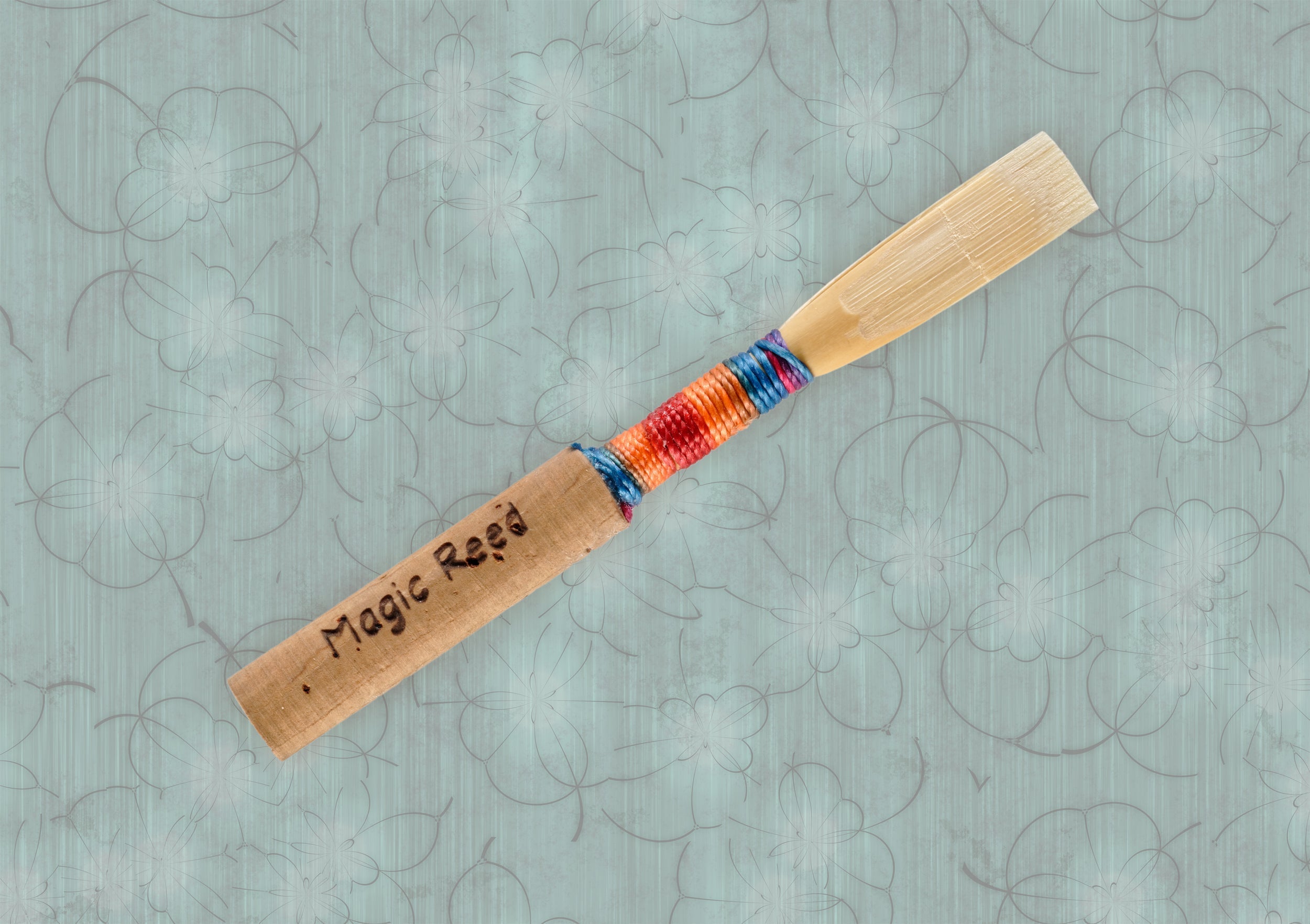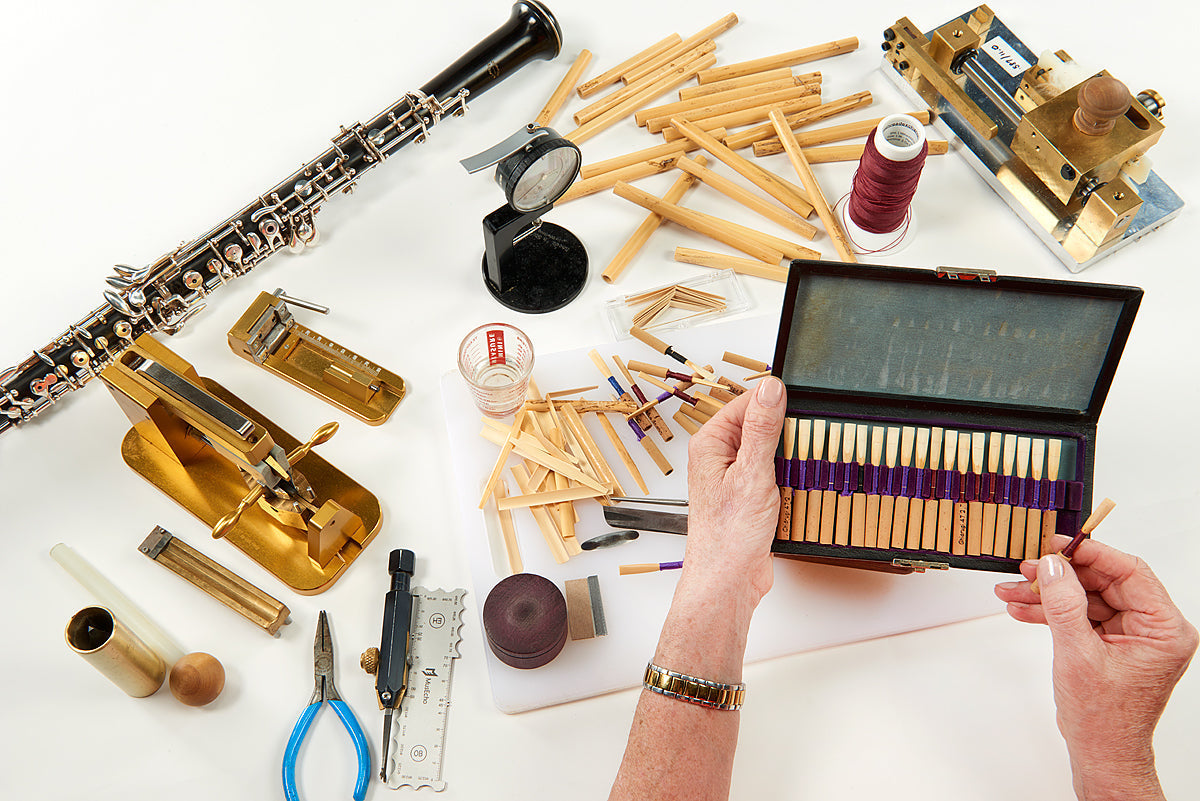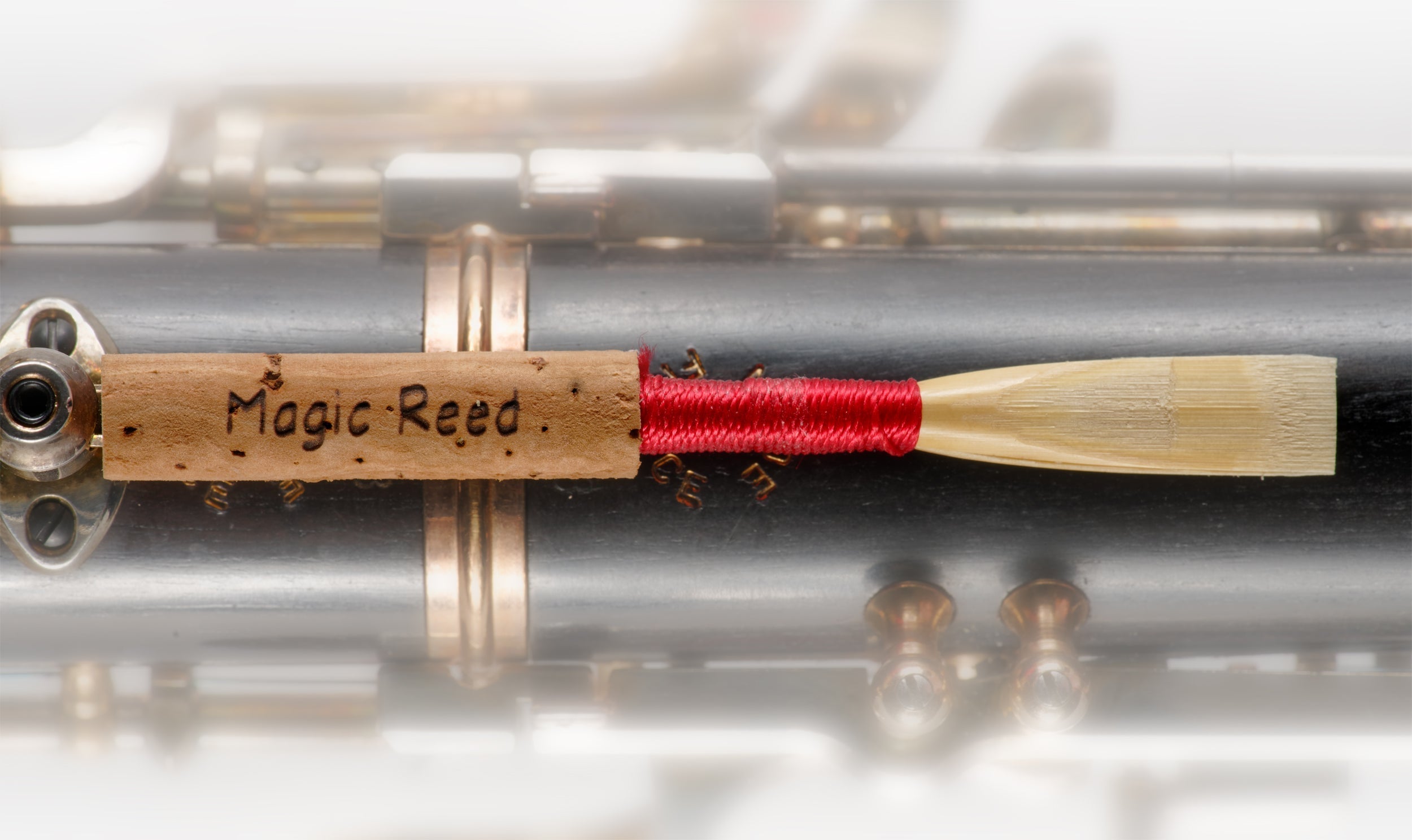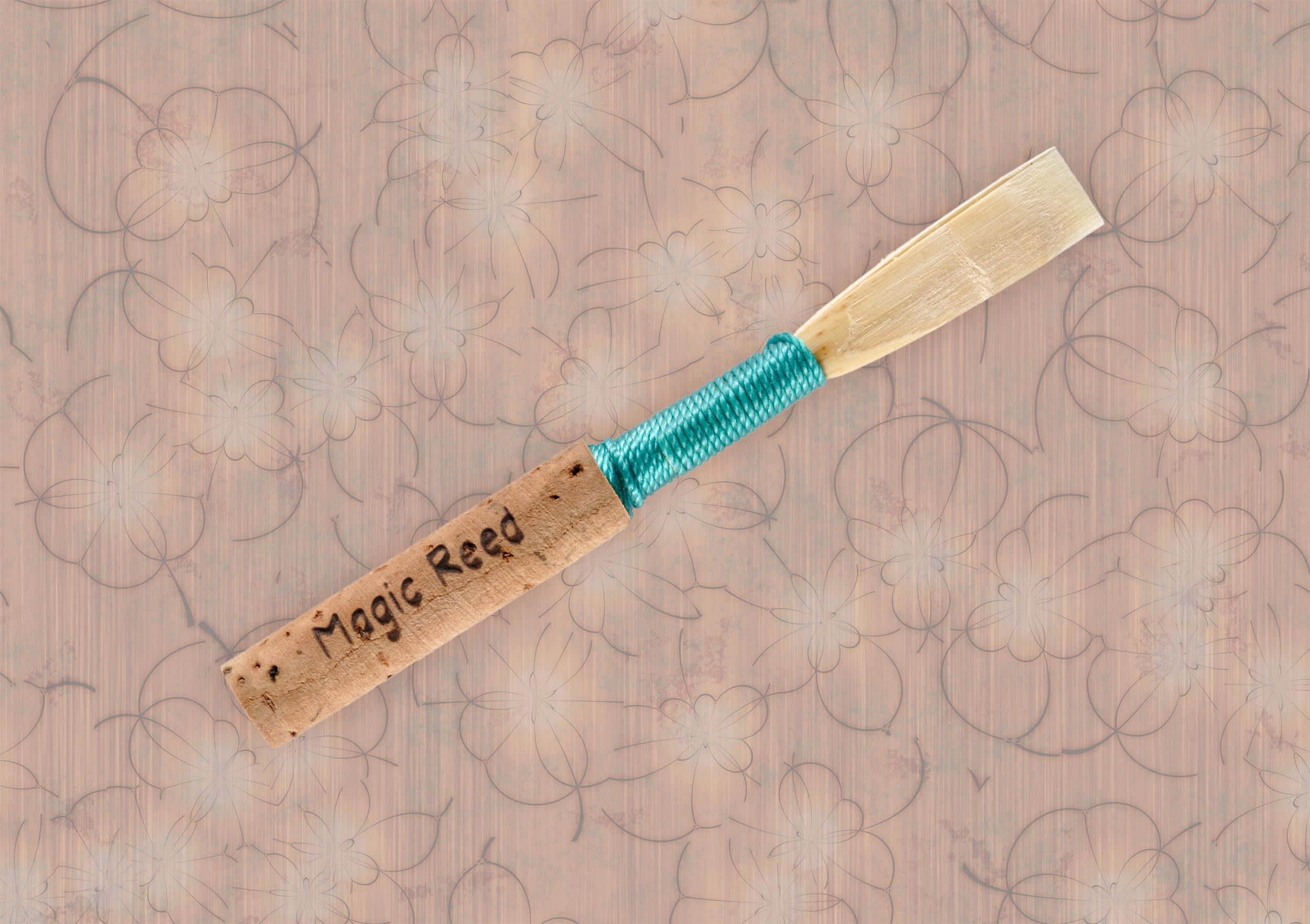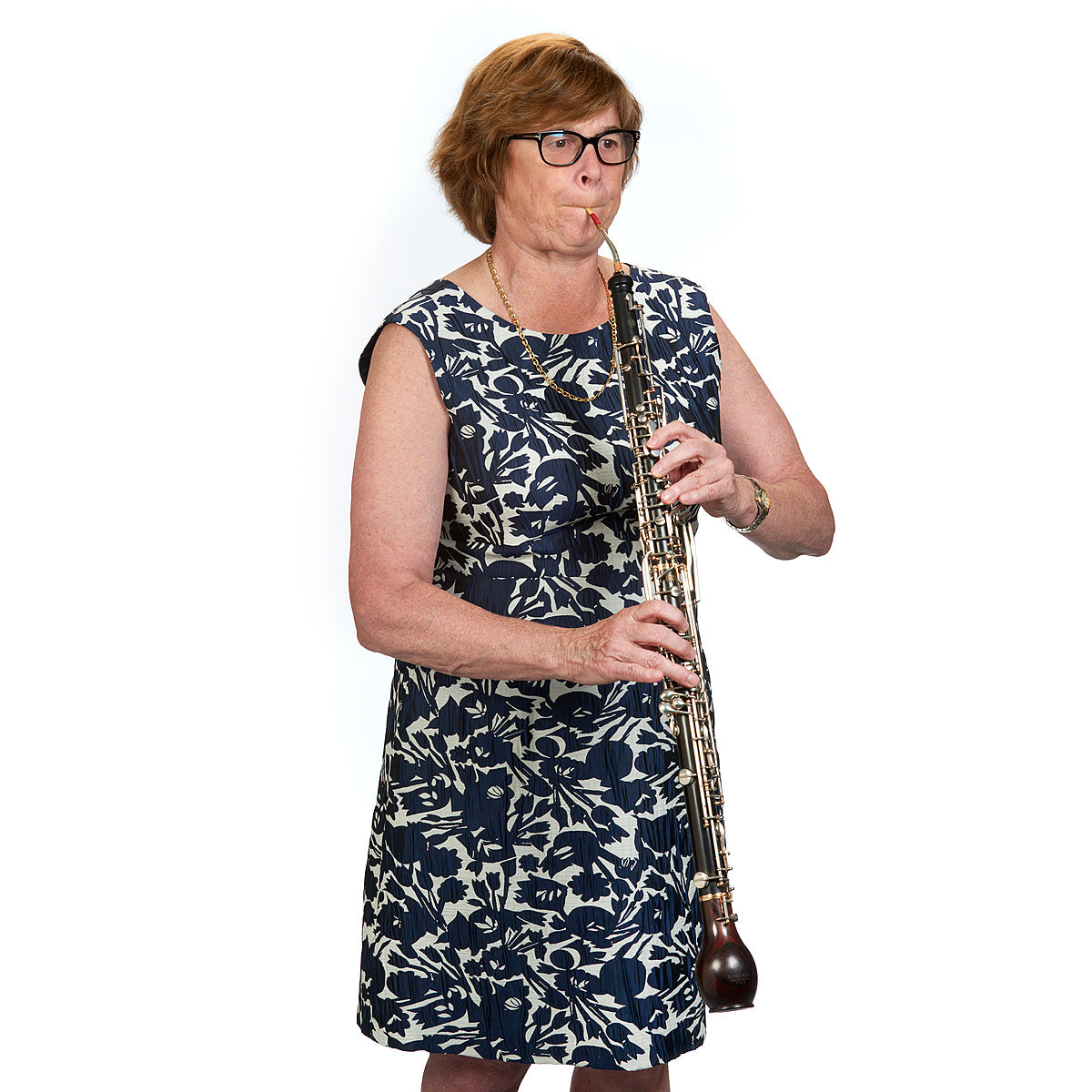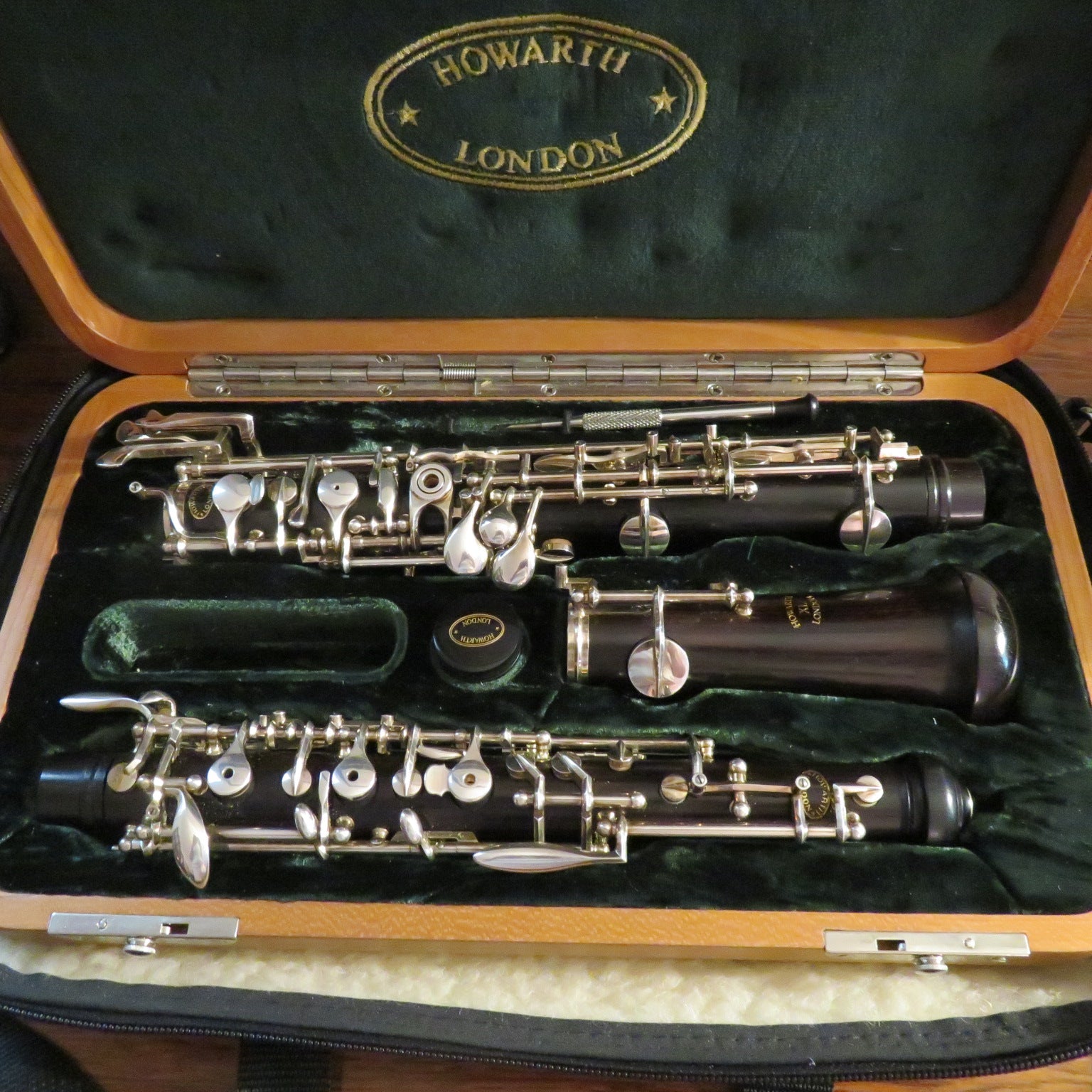
Introduction To The Oboe Instrument
-

-
 by Kathy Sheinhouse
by Kathy Sheinhouse
Introduction To The Oboe Instrument
What Is An Oboe Instrument?
The inside joke on oboe is that it is "an ill-wind that nobody blows good". This could not be further from the truth. The oboe is a type of double reed instrument that is the centerpiece of the woodwind section of bands and orchestras. While it may look like a clarinet from afar (which is a single reed instrument) its bore size is much slimmer and fingering systems are different. It is a very old instrument with many iterations since it came onto the scene as a shawm. Its standard wood for a modern oboe is grenadilla because it is such a hard wood that is less susceptible to cracking. However, other exotic woods are used, including rosewood, boxwood and even snakewood which is so rare that one oboe sold for $20,000 on e-bay. Due to changes in import laws and the need to reduce the incidence cracking, there are also resin oboes on the market. While they were originally most popular for school music programs, they have gained acceptance at the professional level.
How Does An Oboe Sound?
The oboe is a treble instrument with a sound all its own with a sweet penetrating sound that is highly expressive. Because it is made with a conical bore instead to the cylindrical bore found in flutes and clarinets, it has a rich tone that is more easily heard. It reaches the back of the concert hall without playing fortissimo. There used to be an EF Hutton commercial with a tag "when EF Hutton speaks, people listed". This is true for oboe. It is assigned the job of tuning the orchestra, and all orchestra musicians lean in to get the pitch just right. In 1696, Henry Playford described the oboe as "Majestical and Stately, and not much Inferior to the Trumpet". It has also been described as like "that of a duck if the duck were a songbird". This is generally a pejorative term, mostly used to describe the sound quality of students during the early stage of their studies. Oboes and oboists have personal tones. A trained ear will pick up differences between European and American styles. American schools of playing have even more subtle differences. The best thing to do is to listen to a variety of players to cultivate your concept of sound. You could start with a professional recording of Gabriel's Oboe that you can find on You tube.
What Is The Oboe Family Of Instruments?
The oboe is in the double reed family of instruments. However, there is a subdivision within this, because there is also an oboe family of instruments, including-oboe, oboe d'amore, English horn (cor angalis), bass oboe and even heckelphone (which is rarely played). There are also baroque and classical versions of the members of the oboe family which are still around for more authentic historical performances.
It can be difficult for someone with an untrained ear to tell the difference between the instruments which are closest in pitch to one another (oboe and oboe d'amore/ oboe and a baroque oboe). This will come with years of training.
Developing A Concept Of Sound As Oboist
My best advice is if you are thinking about playing oboe, listen to the instrument on Youtube or Spotify to get a sense of this instrument when played by a professional. Hopefully, it is pleasing to you. If not, do the same with other instruments you are thinking about. If you decide to play oboe, listen to as much music as you can, including orchestral music that features oboe. Identify the oboe when you hear it. Listen to different players. This is how you develop a concept of sound which will help you fine tune your tone production. As you get a couple of years under your belt, consider listening to English horn and oboe d'amore performances. Active listening of these instruments at play will help reduce any confusion you might experience when hearing them and thinking it sounds like the oboe- but not in every way.
I hope that this gives you a basic understanding of this wonderful instrument.


